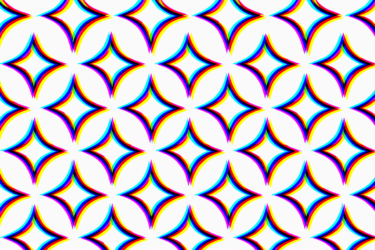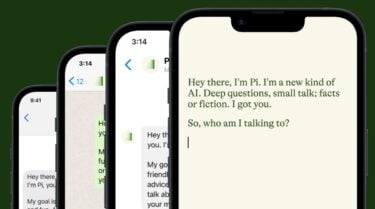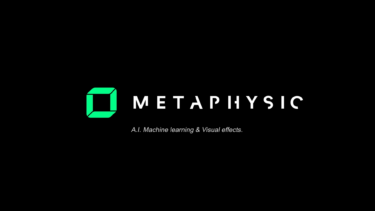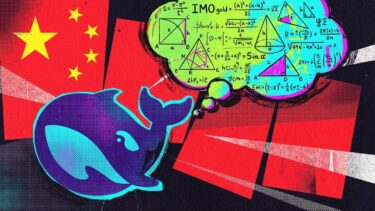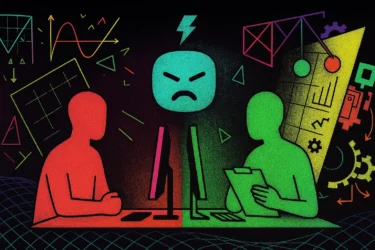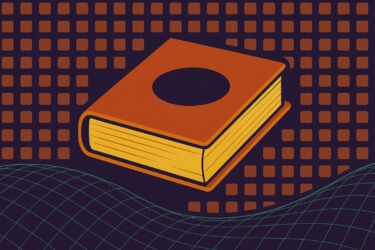OpenAI's new AI model DALL-E 2 can generate or adapt creative motifs and images on demand. OpenAI CEO Sam Altman reflects on the impact of AI on the job market - and comes to a surprising realization.
In recent years, advances in generative AI have particularly affected the areas of speech, graphics and images. In all these areas, AI serves as a tool for humans: for example, to gain inspiration for new ideas or to speed up existing work processes.
AI tools don't have to take humans out of the equation to drastically change the job market: It's enough for one skilled worker to do the work of five. However, AI tools like DALL-E 2 also make a complete replacement of humans in some creative areas conceivable, for example, the complete machine control of text or image tasks.
"It's important to be honest"
In his blog, OpenAI founder Sam Altman reflects on the potential consequences of a tool like DALL-E 2 on the job market. OpenAI plans to offer DALL-E 2 as a product starting this summer. Altman sees it primarily as a tool that supports artists and illustrators in their creative work and relieves them of boring routine tasks.
But DALL-E 2 can also create a "complete work," Altman writes. It could thus be an "early example of the impact of AI on labor markets."
While he firmly believes AI will create many new jobs and improve existing ones, Altman says, "It’s important to be honest that it’s increasingly going to make some jobs not very relevant (like technology frequently does)."
DALL-E 2 is also an example to Altman that predicting the evolution of AI and its impact on our lives is "very difficult." A decade ago, he says, AI was expected to impact physical work, then cognitive work, and "maybe someday" creative work. "It now looks like it’s going to go in the opposite order," Altman writes.
For Altman, DALL-E 2 is also "an example of a world in which good ideas are the limit for what we can do, not specific skills."
From DALL-E 2 to "AI office workers"
With GPT-3, OpenAI is also setting new standards in speech processing for a long time. GPT-4 is already in the works and could again move the field decisively forward. The progress in natural language processing strengthens the role of AI as an interface.
"You say what you want in natural language or with contextual clues, and the computer does it. We offer this for code and now image generation; both of these will get a lot better," Altman writes.
He adds that this trend will continue until AI can take on increasingly complex tasks: "We can imagine an 'AI office worker' that takes requests in natural language like a human does."

